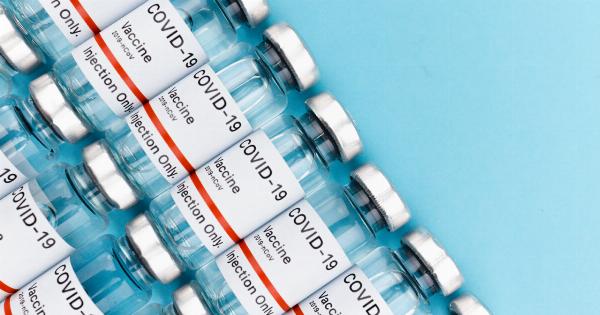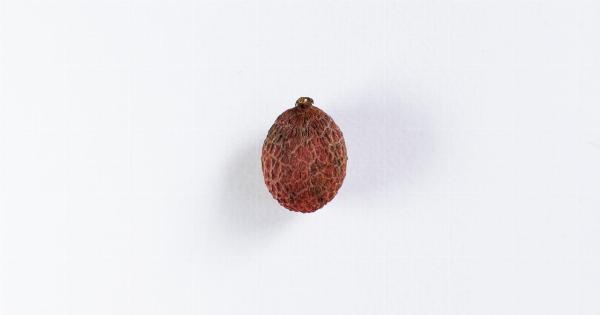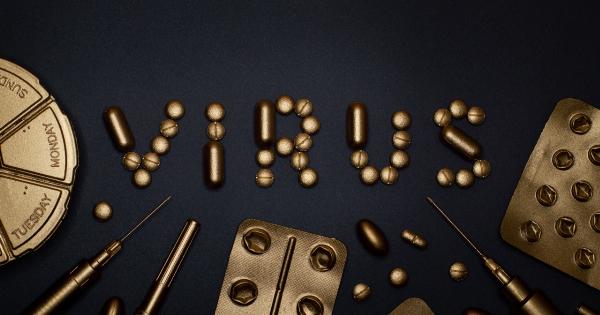Orthopedics is a branch of medicine that focuses on the diagnosis, treatment, and prevention of disorders and injuries of the musculoskeletal system.
From fractures and joint pain to ligament tears and degenerative conditions, orthopedic issues can be debilitating and have a significant impact on one’s quality of life. Traditional treatments often involve surgery, medication, and physical therapy. However, recent advancements in regenerative medicine have opened up new possibilities for harnessing the healing power of stem cells in orthopedics.
What are Stem Cells?
Stem cells are undifferentiated cells that have the remarkable ability to differentiate into specialized cell types and regenerate damaged tissues.
These cells can be found in various parts of the body, including bone marrow, adipose tissue (fat), and umbilical cord blood. They serve as the body’s natural repair system, replenishing and replacing cells that are lost or damaged due to injury or disease.
Types of Stem Cells used in Orthopedics
There are different types of stem cells that can be used in orthopedic treatments:.
1. Bone Marrow-Derived Stem Cells
Bone marrow is a rich source of mesenchymal stem cells (MSCs), which have the ability to differentiate into bone, cartilage, muscle, and other connective tissues.
These cells can be harvested from the patient’s own bone marrow, processed, and then injected into the affected area to stimulate tissue repair and regeneration.
2. Adipose-Derived Stem Cells
Adipose tissue, commonly known as fat, is another abundant source of MSCs. These cells can be obtained through a minimally invasive liposuction procedure.
Adipose-derived stem cells (ADSCs) have been shown to promote tissue regeneration and reduce inflammation, making them an ideal choice for orthopedic applications.
3. Umbilical Cord Blood-Derived Stem Cells
Umbilical cord blood contains a rich supply of hematopoietic stem cells (HSCs) and mesenchymal stem cells (MSCs). These cells have the potential to differentiate into various cell types, including those found in the musculoskeletal system.
Cord blood stem cells can be collected at the time of birth or stored in specialized facilities for future use in regenerative therapies.
Applications of Stem Cells in Orthopedics
The use of stem cells in orthopedics holds immense potential for treating a wide range of conditions, including:.
1. Osteoarthritis
Osteoarthritis is a degenerative joint disease characterized by the breakdown of cartilage, leading to pain, stiffness, and limited mobility.
Stem cell therapy aims to regenerate damaged cartilage and promote joint repair, offering patients a non-surgical alternative to conventional treatments.
2. Bone Fractures
Stem cells can help accelerate the healing process of bone fractures. By facilitating the formation of new bone tissue, these cells can enhance bone regeneration and promote quicker recovery.
3. Tendon and Ligament Injuries
Tendon and ligament injuries can be challenging to treat due to their limited regenerative capacity.
Stem cell therapy offers a promising solution by stimulating the growth and repair of these connective tissues, improving overall function and reducing pain.
4. Spinal Disc Degeneration
Disc degeneration in the spine can cause chronic back pain and restricted movement. Stem cell treatments can target the damaged discs, encouraging regeneration and potentially reducing the need for invasive surgical procedures.
Benefits of Stem Cell Therapy in Orthopedics
Stem cell therapy offers several advantages over traditional orthopedic treatments:.
1. Reduced Recovery Time
Compared to invasive surgeries, stem cell therapy generally has a shorter recovery period. This allows patients to return to their daily activities and routines more quickly.
2. Minimally Invasive
Orthopedic surgeries often involve significant incisions and tissue trauma. In contrast, stem cell therapy is minimally invasive, requiring only small injections to deliver the cells to the affected area.
3. Natural Healing
Stem cells harness the body’s natural healing mechanisms to repair and regenerate damaged tissues. This approach promotes a more natural healing process and may lead to long-lasting improvements.
4. Personalized Treatment
With the use of autologous stem cells (stem cells derived from the patient’s own body), the risk of rejection or complications is significantly reduced.
Personalized treatments can be tailored to each patient’s specific needs and medical history.
Challenges and Future Directions
While stem cell therapy shows great promise in orthopedics, there are certain challenges that need to be addressed.
These include the standardization of treatment protocols, ensuring the safety and efficacy of stem cell therapies, and regulatory considerations.
However, ongoing research and clinical trials are actively exploring the potential of stem cells in orthopedics.
With further advancements and a better understanding of stem cell biology, the field is poised to revolutionize the treatment of orthopedic conditions, offering patients innovative and effective options for healing and recovery.





























